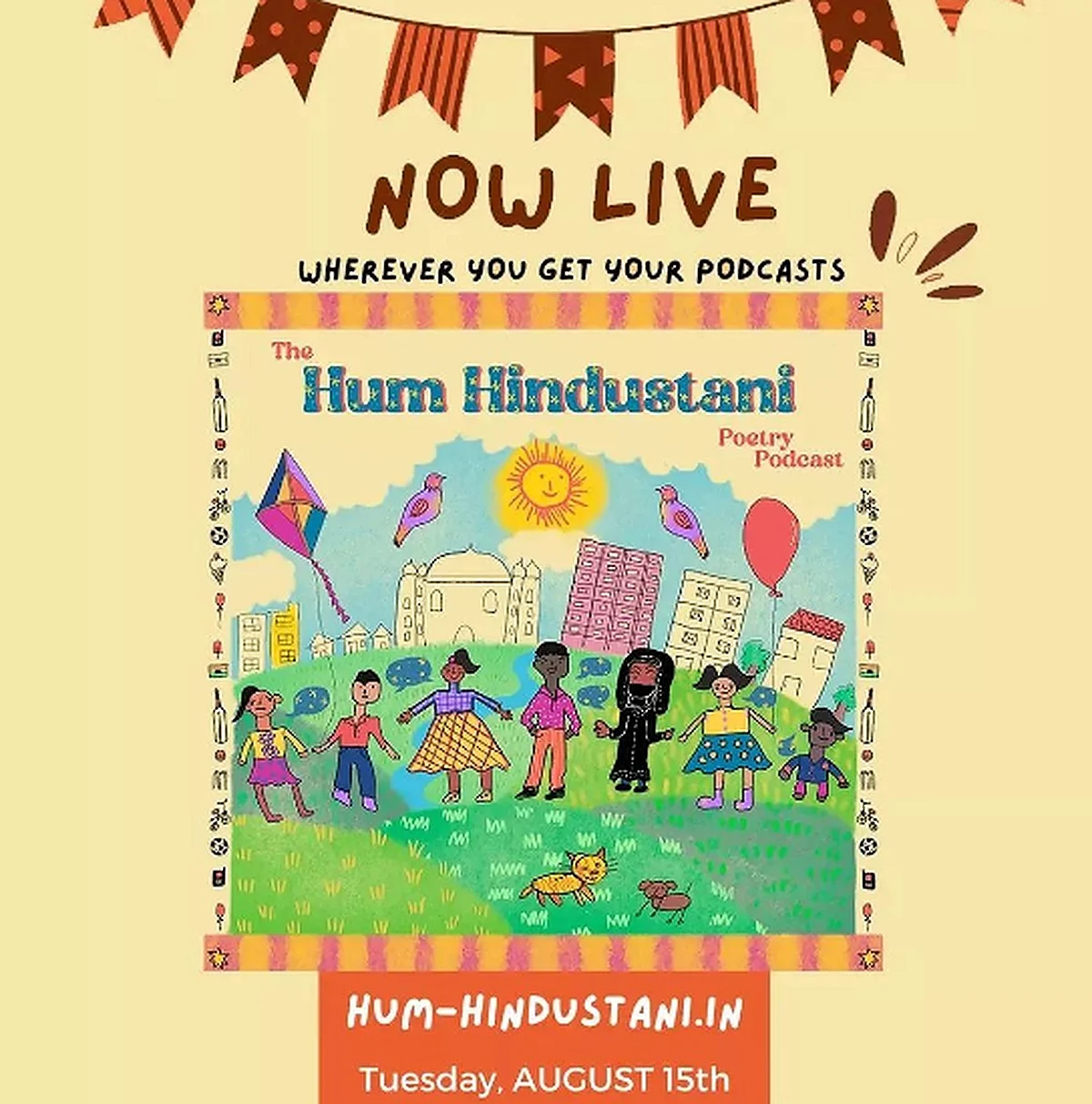How India's children know they are Hindustani
Listening to them is a great way to make sense of our intertwined history and a simple way of being Indian

Because I was very happy to see the Taj Mahal
Because I was very happy when I went to hoist the tricolour with my family
Because I like to celebrate Eid and Diwali
Because I like to wear kurta and pyjama
Because I like to eat dal and roti
That is why I am Indian
This is one of the poems featured on the Hum Hindustani poetry podcast, a limited series in English and Hindi that is based on children’s writing.
In this 76th year of our independence, listening to children’s voices can be a valuable way of making sense of our complicated and intertwined histories and of finding a simple way of 'being' the complexity that is Indian.
A flattened idea of ham sab ek hain (we are all one) that pushes a homogenous idea of being Indian remains disconnected from our realities and does little to foster a sense of fraternity, what writer Mukul Kesavan has called the 'obscure republican virtue'—'the acknowledgment that despite visible inequality we were connected by an imagined republican kinship'.
How do we know who we are?
How do we become who we are?
Are we unique or are we similar to others?
Is it possible that both are true?
Art and poetry are ways to answer these questions, to foster what artist and writer Paromita Vohra often refers to as apnapan ('our'-ness, owning, a sense of community and belonging). The Hum Hindustani Poetry Podcast has been created to do just that—to experience a sense of apnapan and make place for children’s voice as they share their experiences of liberty, equality and fraternity, through the play and pleasure of poetry.
The podcast emerged from an education research project that I did last year for Transforming Education for Sustainable Futures, India.
TESF is a multi-country project that examines the challenges and possibilities that lie in education as a means to create just, equitable and sustainable societies.
I chose to work with children because while they are the focus of both state policy and the marketplace, their voice is rarely heard. And the voices of children from particular groups even more so.
Hum Hindustani keeps children's voice at the centre and uses art and writing exercises along with interviews with small groups of children in three places—Shaheen Bagh in Delhi, which was an important site in the anti-CAA citizens’ protests; rural Firozpur in Punjab, which was part of the farmers’ protests; and Kitaab Mahal, a library catering to Dalit and Muslim children in Govandi, Mumbai. These spaces together provide a range of experiences and identities to explore how children experience and understand the idea of citizenship through the complex interplay of state policy, school education and everyday lived realities.
A key learning from the project was that it is critical to include children in our conversations about the world, and that by enabling children to tell their stories, we create opportunities not just for them to develop a sense of self and of their place in the world, but also for us to learn from their lived experiences.
The podcast is a way to do this—to share stories, to discover what we may not have experienced, to find resonance. To reinforce the plurality that lies in the idea of 'Hum Hindustani' through children’s words in children’s voices.
---
The Hum Hindustani Poetry Podcast is a limited series podcast, a set of 10 episodes in both English and Hindi. Each episode features a poem/s, curated from what the children wrote for the Hum Hindustani workshops along with a response to the poem/s by writers, artists and educators who feature as guests. The first episode has been released today on 15 August 2023. You can listen to it wherever you listen to podcasts or visit https://hum-hindustani.in/podcast/.
Follow us on: Facebook, Twitter, Google News, Instagram
Join our official telegram channel (@nationalherald) and stay updated with the latest headlines
Published: 15 Aug 2023, 1:07 PM